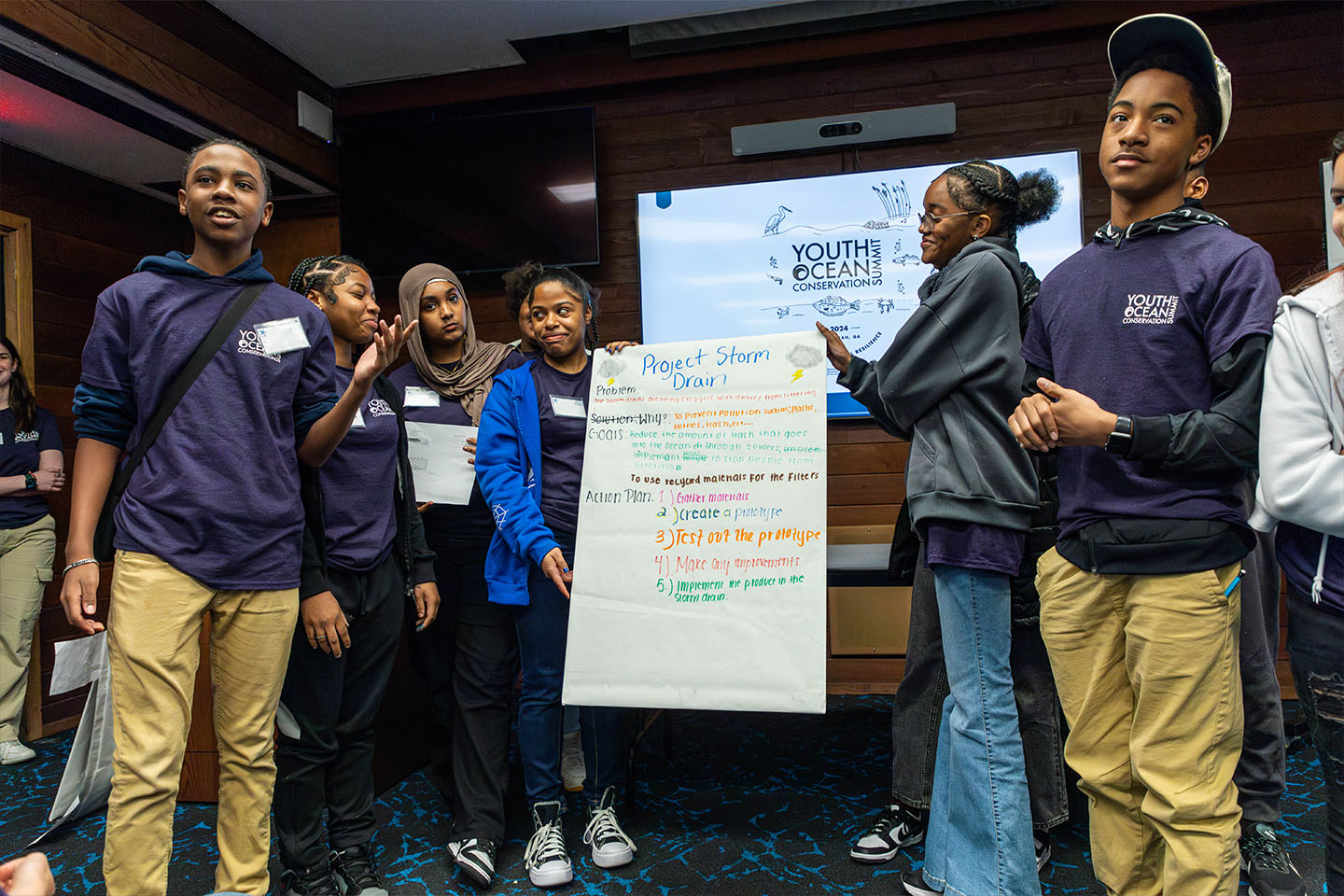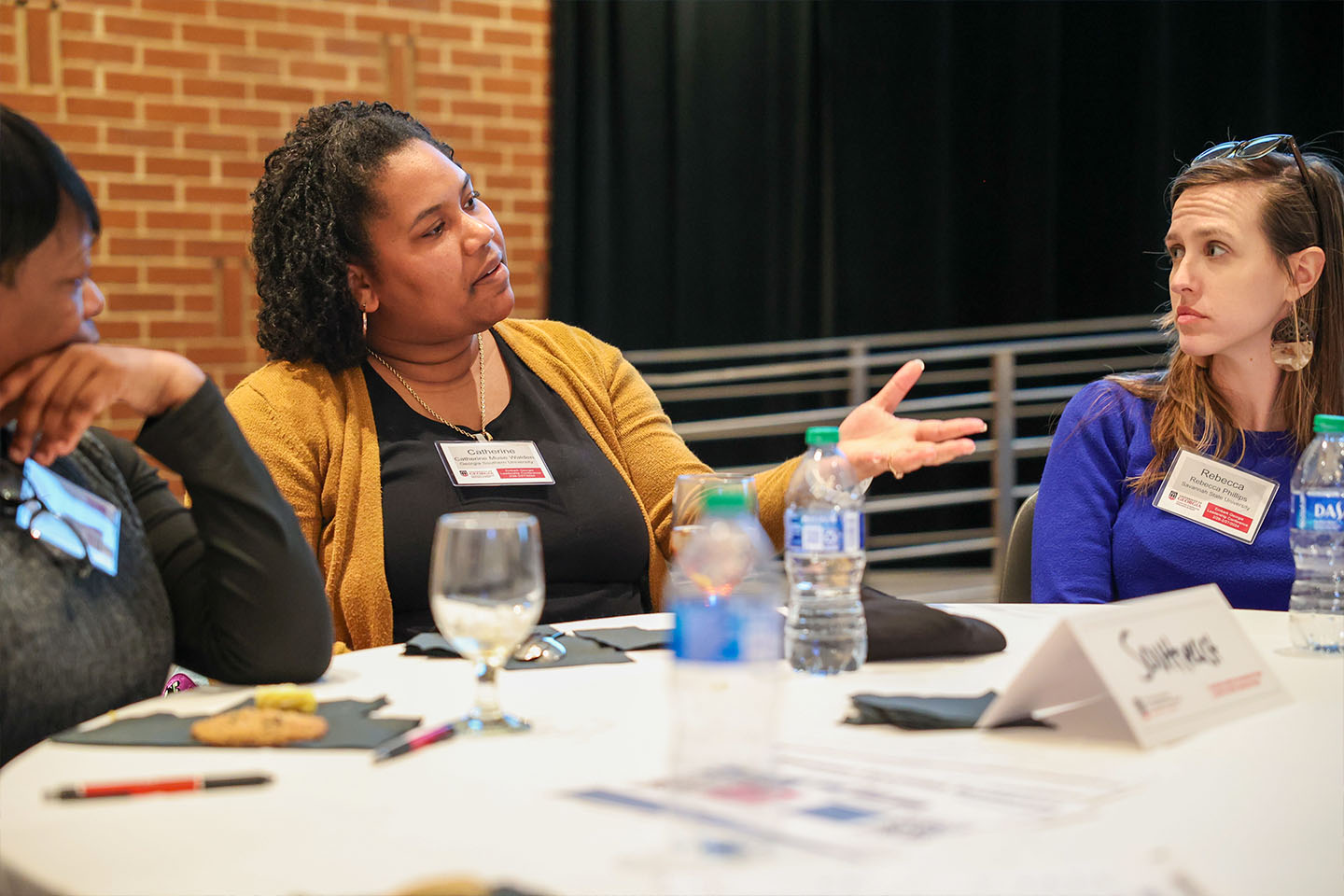Georgia’s oyster industry is now expanding into the lucrative half-shell market by applying new production techniques pioneered by researchers at the University of Georgia Marine Extension Service (MAREX) and Georgia Sea Grant.
In 2010, three oyster businesses along the Georgia coast were selected to pilot UGA’s single-shell oyster production method.
In less than two years, one of the companies, Spatking Oysters, began supplying half-shell oysters to upscale Savannah restaurants such as Alligator Soul and Brasserie 529. Another, Whitehouse Seafood of Kingsland, anticipates $1 million in annual revenue for its new oyster operation within five years.
“When you buy Georgia shellfish, you are directly supporting the grower, as well as the local economy,” said Justin Manley, owner of Spatking Oysters of Savannah and a former MAREX graduate student.
The coastal ecosystem in Georgia, which once led the nation in oyster production for canning, makes it difficult to grow oysters for the lucrative half-shell market. Although the state has a significant oyster population, Georgia shellfish naturally grow in unattractive clusters of small oysters, fueling a “sack trade” in which bags of oysters are sold for local oyster roasts but have little commercial appeal.
Then, MAREX and Georgia Sea Grant partnered to develop an efficient and inexpensive way to collect young oysters in the larval stage and grow them to market size without clumping together. Researchers found they could use simple PVC pipe coated with water, cement and fine sand to cultivate high-quality single oysters for the half-shell market.
“Providing a way for oysters to grow individually opens up a whole new market for Georgia harvesters,” said Tori Stivers, seafood specialist with MAREX.
Oyster reefs were once common along the Georgia coast, but overharvesting devastated the historic oyster beds. In 1908, Georgia led the nation by harvesting 8 million pounds of oyster meat per year, most of which was used for the canning industry. Within two years, Georgia oyster landings had plunged to 3 million pounds, and by 2010 the Georgia harvest was a mere 11,500 pounds.
Georgia oysters are known for their intense saltiness, yet are also sweet-tasting–flavors brought out by the region in which they are grown, said Manley.
“Oysters are the wine of the seafood world,” he said. “Each oyster variety has unique flavor characteristics associated with its provenance.”
The MAREX and Georgia Sea Grant research is helping Georgia’s oyster industry move into the lucrative half-shell market, and producers are banding together. Last year, Manley helped establish the Georgia Shellfish Growers Association (GSGA).
“The GSGA was created in response to the need for industry cohesion and united representation in dealing with several issues that directly impact the Georgia shellfish growing community,” he said.
The Marine Extension Service (MAREX) and Georgia Sea Grant are Public Service and Outreach units serving the Georgia coast. MAREX works to increase the efficiency of existing marine industries, identify new industries that do not harm the environment and increase public awareness and understanding of coastal ecosystems. Georgia Sea Grant is part of a national program under NOAA that channels funds into colleges, universities and research institutes to support coastal research, education and outreach.



